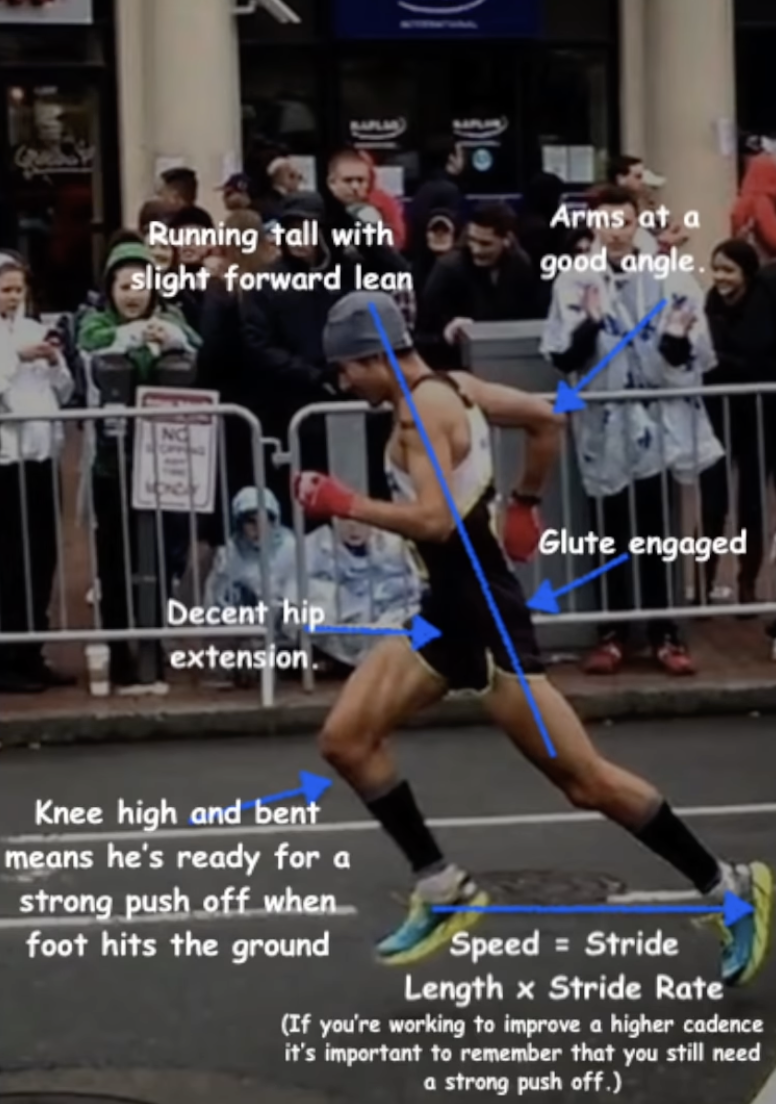| In the world of running, every athlete is a unique puzzle, each piece shaped by factors like genetics, training background, and personal quirks. But if you take a closer look at the best runners out there, you’ll notice something interesting: they all have a few things in common. Two of the biggies are hip extension and thoracic mobility. These might sound fancy, but they’re basically about how your hips move and how your upper back twists while running. So, in this newsletter, Coach Sandi Nypaver is going to briefly break down why these things matter and how they can make any runner, from newbie to pro, better at their game: Tip #1 – Hip Extension: The Hallmark of Elite Runners ️ If you’ve ever wondered what makes elite runners stand out, it’s their remarkable hip extension. This isn’t just about having mobile hip flexors; it’s also about having strong glutes. Hip flexors and glutes work in tandem, and powerful glutes are essential for achieving optimal hip extension. If your hip flexors are overly tight, they can hinder your glute strength, ultimately affecting your running form. If you find yourself feeling quad-dominant while running, it’s a sign that you may need to work on your hip extension. Focus on exercises that strengthen your glutes and stretches to improve hip flexor flexibility. Remember, proper hip extension can prevent lower back pain and keep your running mechanics on point. Tip #2 – Thoracic Mobility: The Missing Piece Another element that often goes unnoticed but is crucial for top-notch running form is thoracic mobility. When your hips extend backward, your shoulders should counterbalance by extending in the opposite direction. If you lack mobility in your thoracic spine, your body might compensate by excessive movement in your lower back or hips, leading to inefficiencies and potential injuries. To enhance thoracic mobility, incorporate exercises that target your upper back and shoulder areas. This will help you achieve a smoother and more balanced running form, reducing the risk of overloading other parts of your body. Remember, running form is not a one-size-fits-all concept. It’s about finding what works best for you while incorporating key principles. So, whether you’re looking to break personal records or simply enjoy your runs more, focusing on your running form could be a game-changer. Until next time, keep running, keep improving, and we’ll be back in your inbox next week! **If you’re still struggling to figure out what “good” running form is, we hear you! That’s why we created our Higher Running Ultimate Running Course. Among many things, we teach you how to refine your running that works for you, but also incorporates tried-and-true running form techniques that’s used by the pros. |
| THE ULTIMATE RUNNING COURSE |
| A “Quick Start Photo” To Good Running Form |
 |
